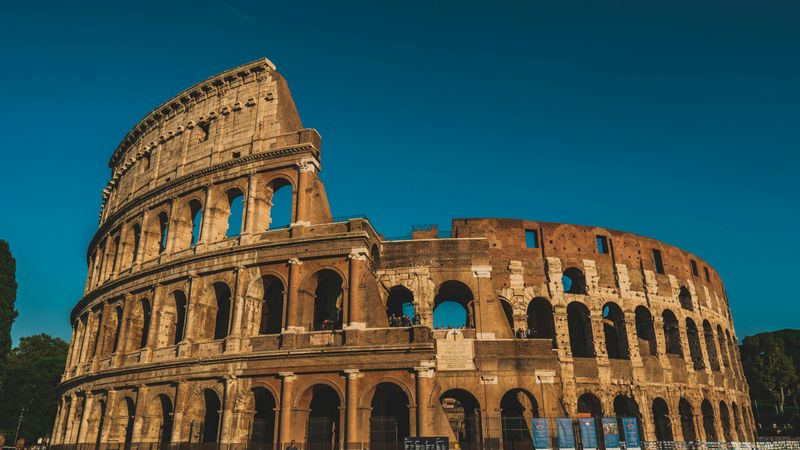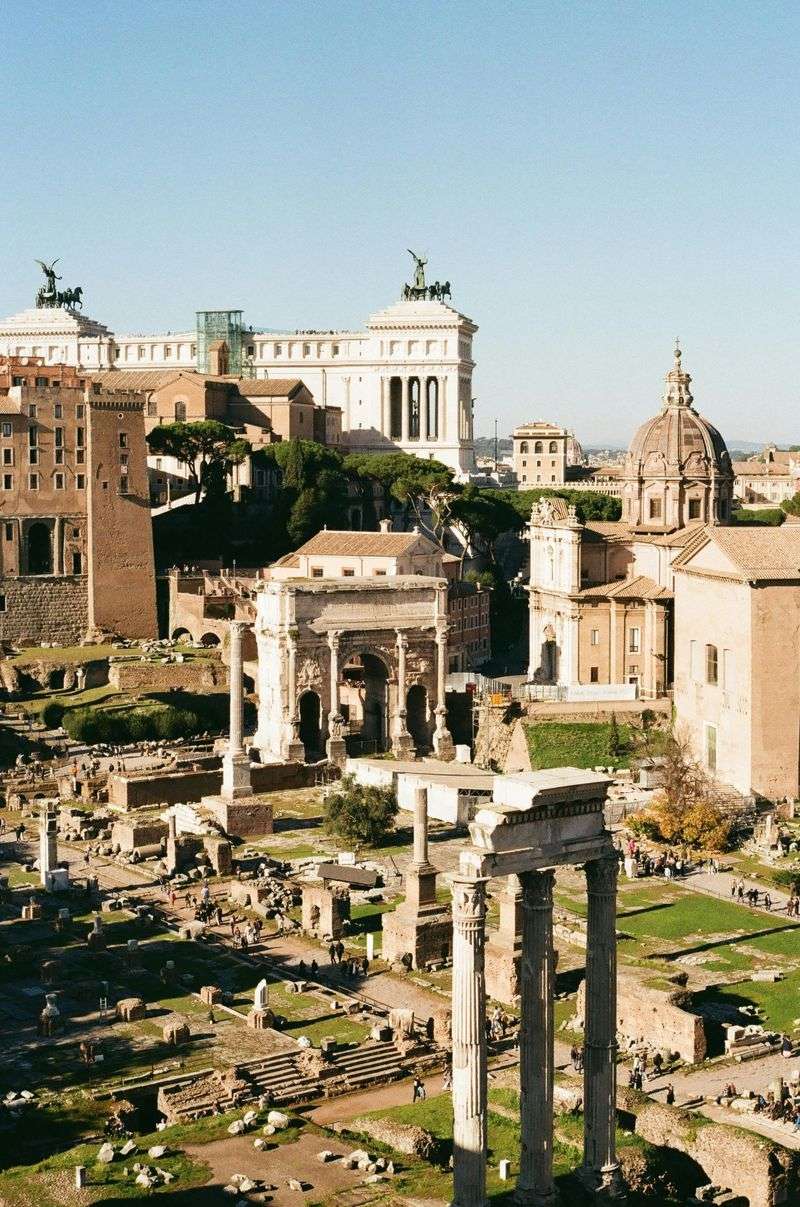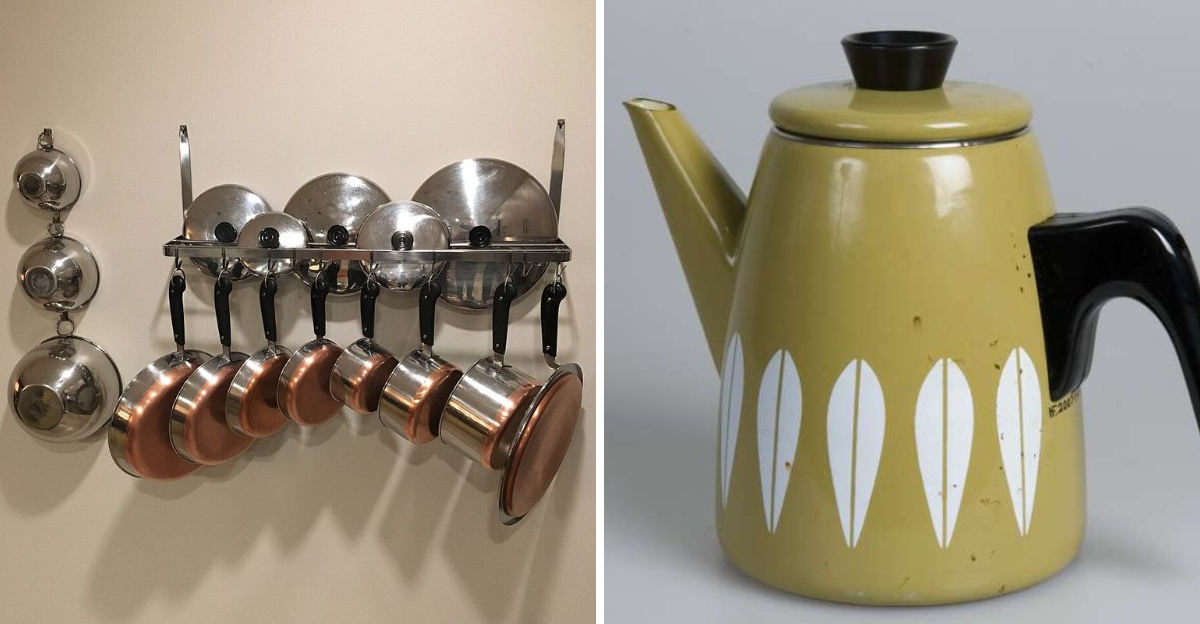18 Ancient Roman Wonders You Can Still See With Your Own Eyes
Ancient Rome left behind architectural wonders that still take our breath away thousands of years later.
From massive amphitheaters where gladiators once fought to stunning temples honoring forgotten gods, these incredible structures tell stories of an empire that shaped our world.
Pack your imagination because we’re about to explore some of the most amazing Roman ruins you can actually visit today!
1. The Colosseum
Picture 50,000 screaming fans watching gladiators battle wild beasts in history’s most famous arena. This massive stone amphitheater dominates Rome’s skyline and remains the largest ever built by the Romans.
Walking through its ancient corridors, you can almost hear the roar of the crowds. Beneath the floor, a complex system of tunnels once held fighters and animals before their dramatic entrances into the arena above.
2. Baths of Caracalla
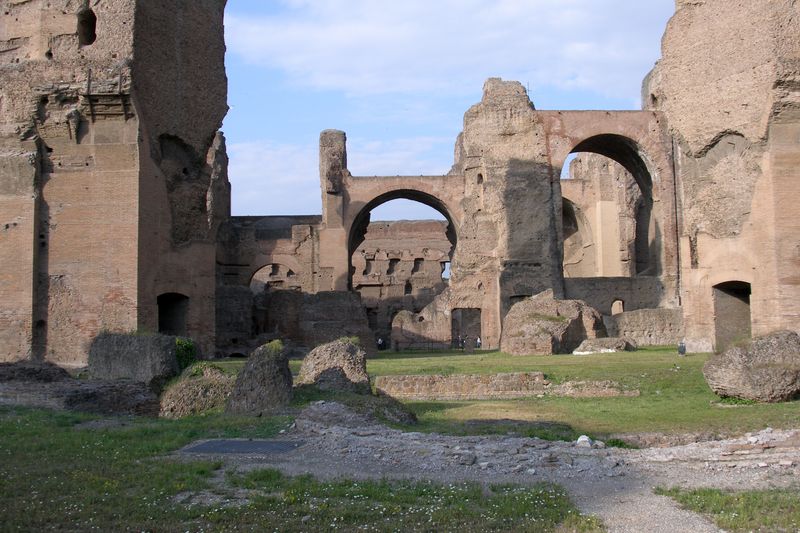
If you think modern spas are luxurious, wait until you see where Romans relaxed two thousand years ago! These colossal public baths could accommodate 1,600 bathers at once, complete with hot and cold pools.
Towering brick walls still stand impressively tall, giving visitors a sense of the building’s original grandeur. Romans didn’t just bathe here – they exercised, socialized, and conducted business in this ancient wellness center.
3. Teatro di Marcello
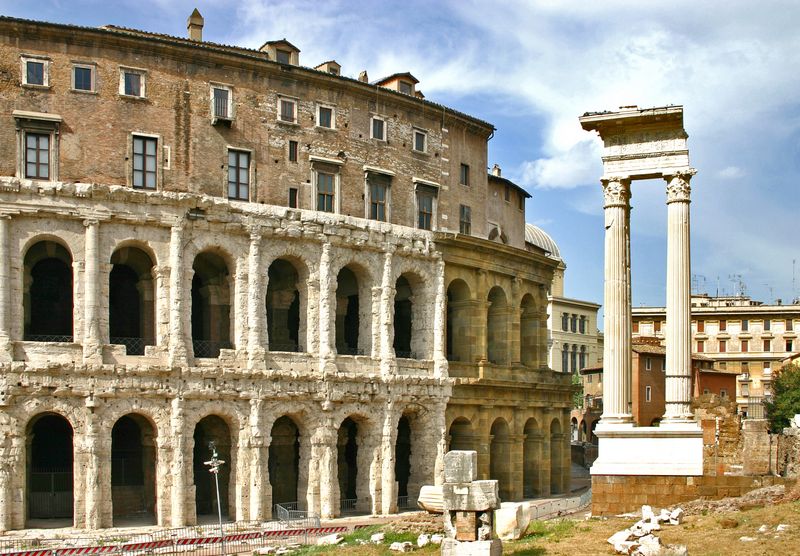
Before Hollywood, Romans packed into open-air theaters for their entertainment fix. Julius Caesar started building this stunning venue, but his nephew Augustus finished it around 13 BC.
What makes this ruin unique? People actually live in apartments built on top during the Renaissance!
The lower ancient arches contrast beautifully with the residential additions above, creating a fascinating blend of old and new architecture.
4. Domus Aurea
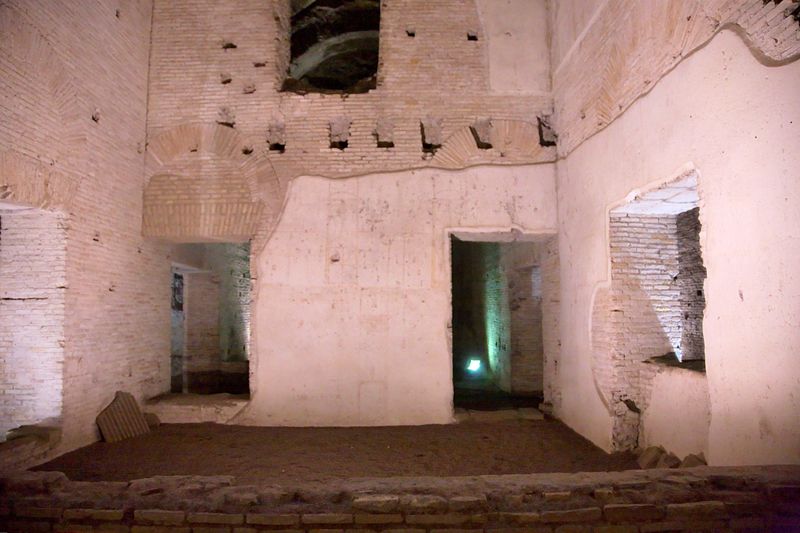
Emperor Nero didn’t do anything halfway, especially when building his palace.
After Rome’s great fire, he constructed this extravagant “Golden House” covering 300 acres with rotating dining rooms and gem-encrusted walls.
Today, visitors explore underground rooms where Renaissance artists once lowered themselves by rope to study the frescoes.
These stunning wall paintings influenced countless masterpieces and remain vibrant after two thousand years buried beneath the earth.
5. Pantheon
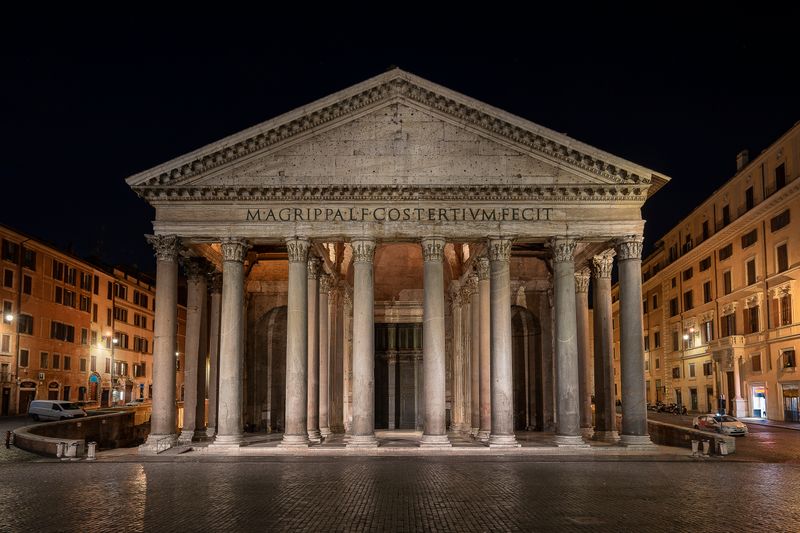
Prepare to have your mind blown by ancient engineering genius. This perfectly preserved temple features a dome that remained the world’s largest for over 1,300 years, with an oculus opening to the sky.
Rainwater falls through the circular opening and drains through nearly invisible holes in the floor.
Built around 126 AD, the Pantheon’s concrete dome still amazes architects who study its construction techniques and wonder how Romans achieved such perfection.
6. Appian Way
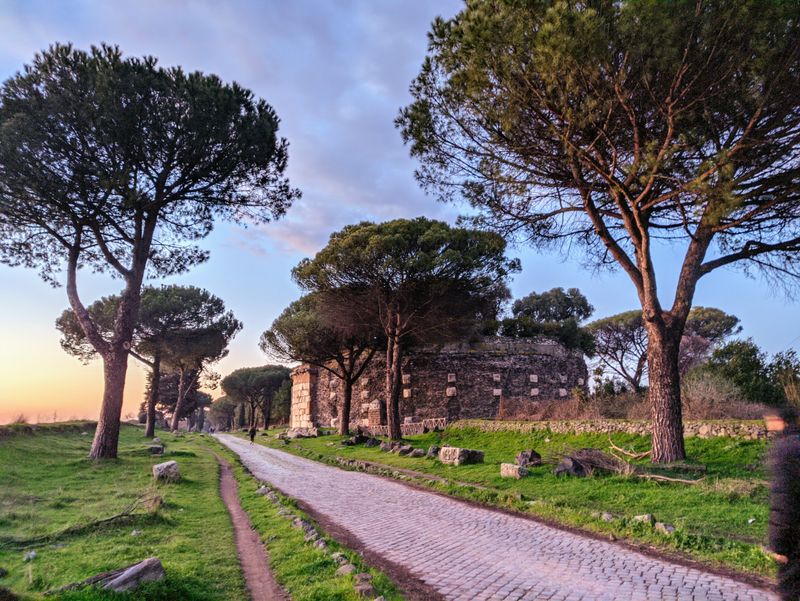
Walking along this ancient highway is like stepping into a time machine. Romans built this strategic road in 312 BC, and parts of the original paving stones still bear chariot wheel marks from centuries of use.
Flanked by ruins of tombs and villas, this “Queen of Roads” once connected Rome to southern Italy.
Cyclists and joggers now share the path with history buffs exploring the archaeological treasures scattered along its length.
7. Pompeii
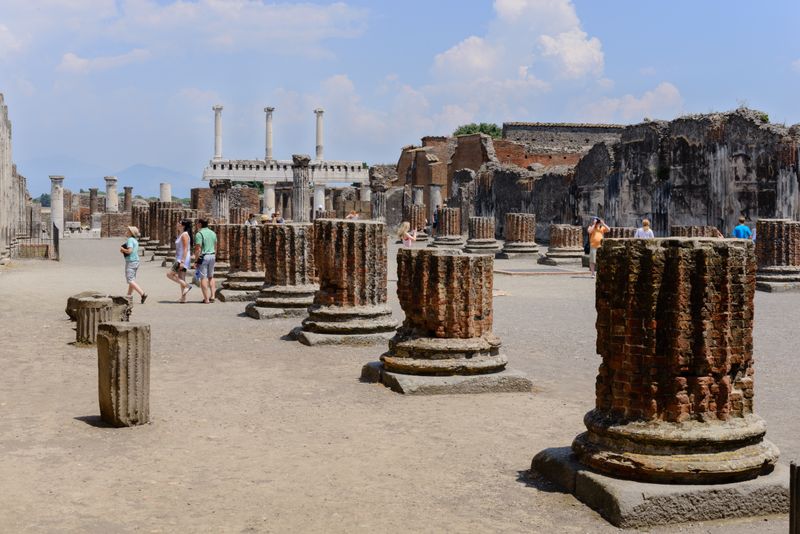
Mount Vesuvius buried this bustling city in 79 AD, accidentally creating history’s most incredible time capsule.
Volcanic ash preserved everything from houses and shops to food and even the tragic casts of victims caught in the eruption.
Wandering through Pompeii’s streets feels surreal – you’ll see ancient fast-food restaurants, colorful frescoes, and graffiti scrawled by Romans two millennia ago.
8. Herculaneum
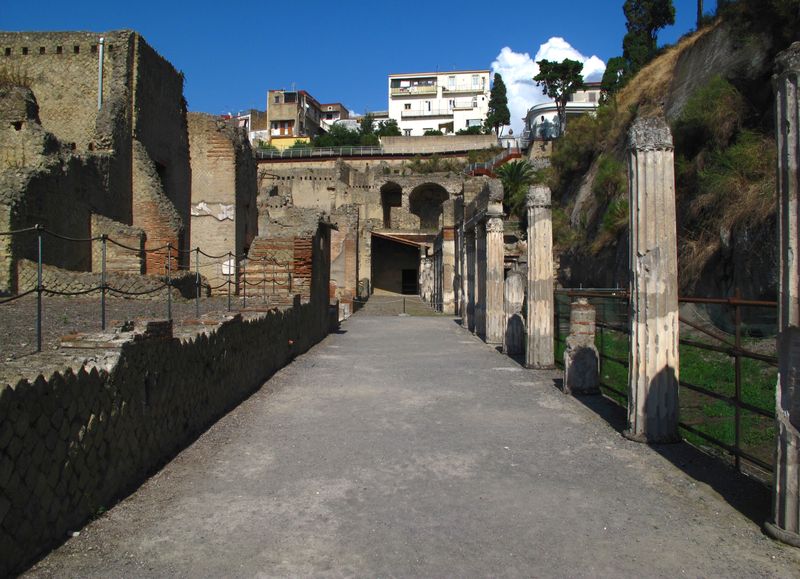
While Pompeii gets all the fame, this smaller neighbor offers something even more special—better preservation.
The same volcanic eruption that destroyed Pompeii buried Herculaneum under deeper material, protecting wooden structures, fabrics, and even food.
You’ll find two-story houses with intact balconies and shops with their original wooden shelving.
9. Roman Forum and Palatine Hill
Imagine strolling through the beating heart of ancient Rome where senators debated and emperors paraded. These interconnected sites formed the political and social center of the most powerful empire on Earth.
Crumbling columns and temple foundations scatter across the landscape like pieces of a giant puzzle. Palatine Hill rises nearby, where wealthy Romans built their mansions overlooking the bustling Forum below.
10. Ephesus
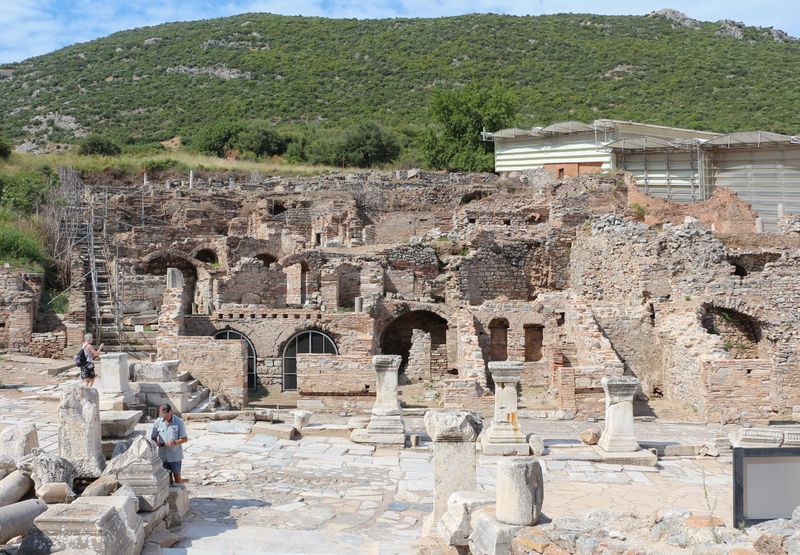
Turkey’s crown jewel of Roman ruins will leave you speechless with its remarkably preserved streets and buildings.
Once a thriving port city, Ephesus boasted a population of 250,000 and served as a major commercial hub in the ancient world.
The Library of Celsus facade stands magnificently restored, while the Great Theater could seat 25,000 spectators.
11. Jerash
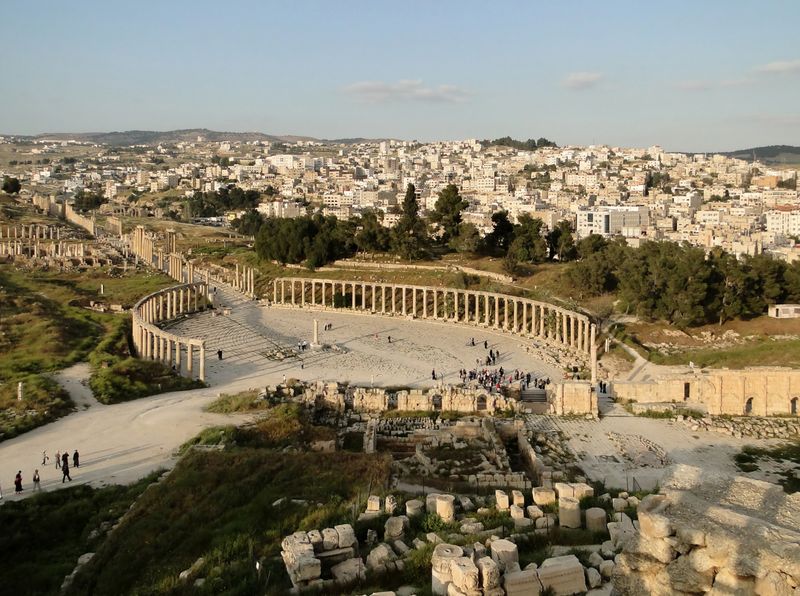
Roman urban planning at its best is on display at Jordan’s best-kept secret.
A magnificent oval plaza, encircled by columns, imposing gates, and theaters that continue to show now are all highlights of this extraordinarily well-preserved city.
Roman provincial life is vividly depicted by the temples, fountains, and bathhouses that line the colonnaded streets.
12. Baalbek Temple of Bacchus
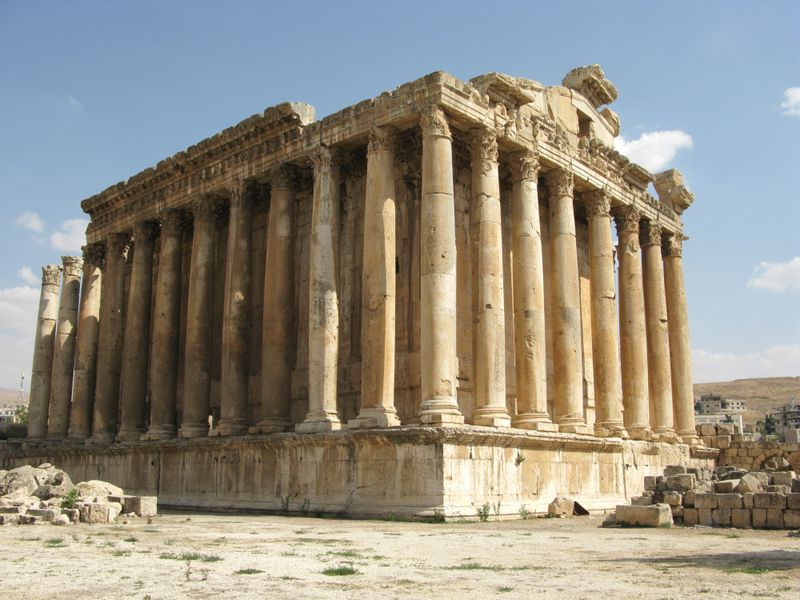
One of Rome’s greatest architectural triumphs can be found in Lebanon.
Standing 66 feet tall with elaborate Corinthian capitals, the columns of this temple to the wine god are so enormous that they make guests feel like ants.
The temple, which is remarkably intact for its age, demonstrates the Romans’ capacity to build colossal constructions in far-off provinces.
Beyond Italy’s boundaries, its immense size and intricate stone carvings reveal the empire’s wealth and architectural expertise.
13. Maison Carrée in Nîmes
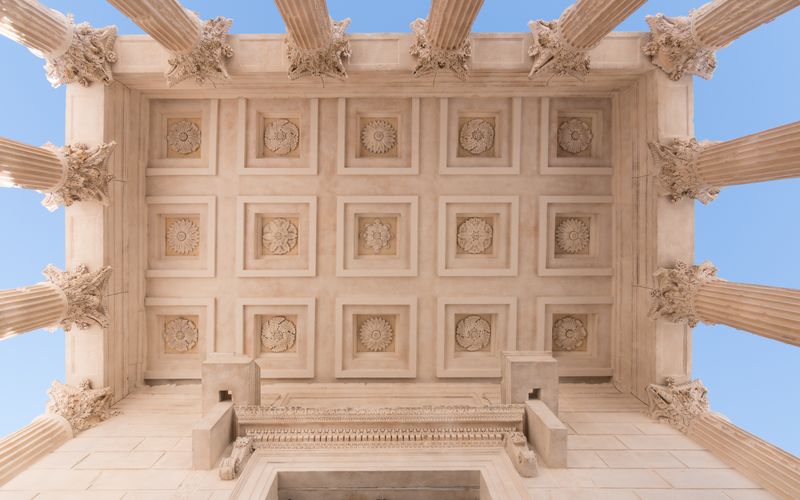
One of the best-preserved Roman temples in the world is located in France; it appears almost too flawless to be two thousand years old.
Remarkably intact, this rectangular gem in southern France served as the inspiration for innumerable structures, notably the Church of the Madeleine in Paris.
It was constructed in honor of the grandsons of Emperor Augustus in 16 BC. Because of its immaculate state, the temple allows visitors to fully appreciate the artistry and proportions of Roman architecture.
14. Arena of Nîmes
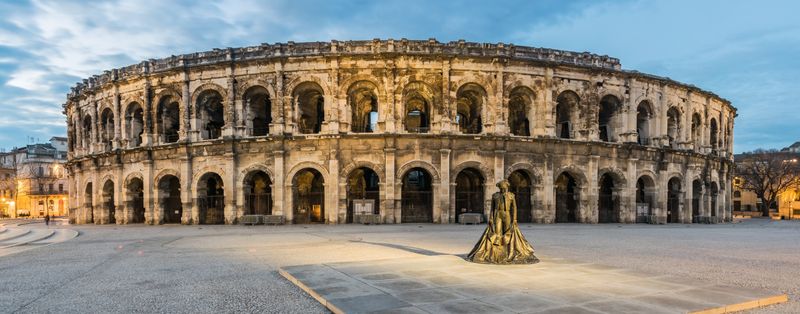
After over two millennia, events are being held at Southern France’s version of the Colosseum!
24,000 people might fit in this immaculately maintained amphitheater to see gladiatorial fights and untamed animal hunts.
This arena is still used today for bullfights and concerts, in contrast to many other Roman ruins.
Because of its superb condition, history comes vividly to life for tourists as they ascend through the historic passageways and sit where Roman citizens once applauded.
15. Amphitheatre of Arles
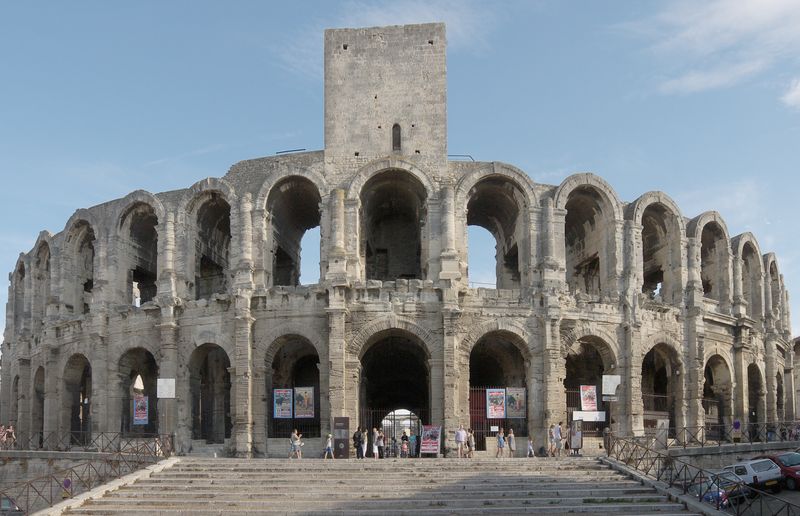
Another French gem, this amphitheater in Provence transported 20,000 Romans to their favorite bloody spectacles.
Built around 90 AD, it features two levels of arches and underground galleries where gladiators prepared for battle.
During medieval times, people built houses and even a church inside, turning the arena into a fortified town!
Today, fully restored, it hosts bullfights and concerts, proving Roman construction techniques created buildings that truly stand the test of time.
16. El Djem Amphitheatre
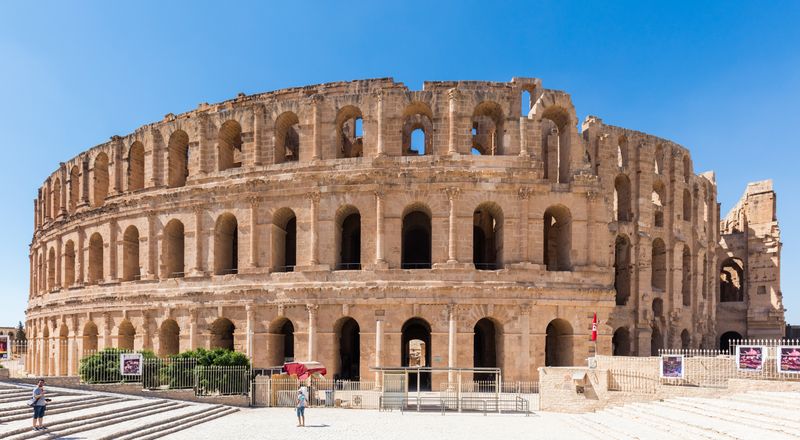
Africa’s largest Roman amphitheater, a veritable behemoth with space for 35,000 spectators, is located in the desert of Tunisia.
Despite centuries of weathering, this three-story wonder from the third century is amazingly preserved.
It exhibits Roman engineering genius and was constructed entirely of stone blocks without the use of mortar or cement.
Visitors may still access underground passageways where gladiators and beasts once waited, providing a chilling look into the arena’s violent history under the blazing African sun.
17. Roman Forum of Mérida
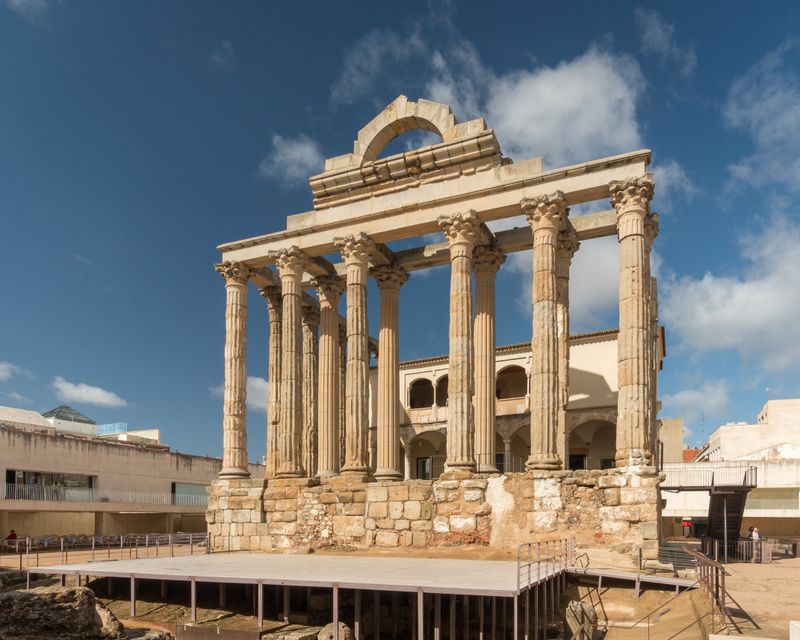
Visitors may experience ancient Emerita Augusta, the former capital of the province of Lusitania, at Spain’s top Roman archeological site.
A forum, theater, amphitheater, and an exceptionally well-preserved aqueduct that still amazes engineers today are all part of this vast complex.
With its elaborate stage structure facade restored to highlight Roman theatrical architecture, the theater stands out in particular.
18. Domus Romana in Malta
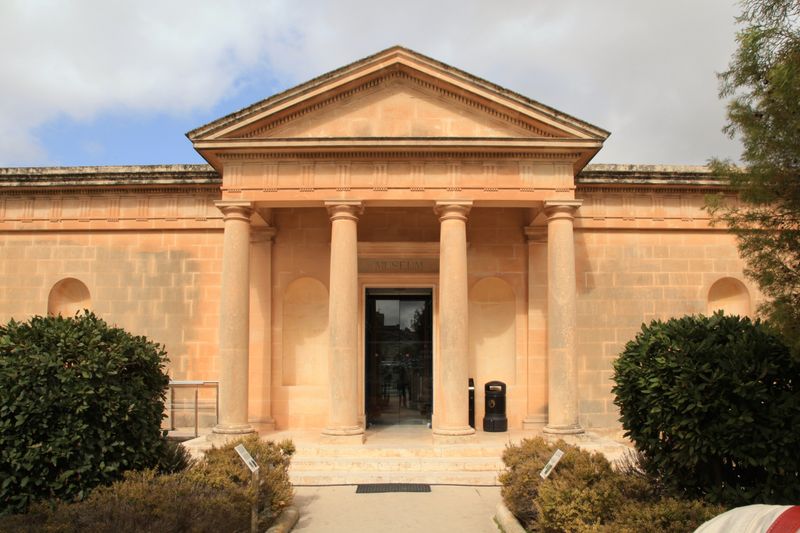
Malta’s treasure showcases how wealthy Romans lived in style on this Mediterranean island.
Discovered in 1881, this luxurious villa features stunning mosaic floors depicting mythological scenes and geometric patterns in vibrant colors.
The attached museum displays artifacts from daily Roman life including pottery, sculptures, and jewelry.

